Choosing the Right Enduro Motorcycle
Selecting an enduro motorcycle is a crucial first step to any off-road adventure. The bike’s design, features, and durability will impact your riding experience significantly.
Key Features to Consider
When scouting for the perfect enduro motorcycle, several key features demand attention. First, engine size and power determine your capability to navigate tough terrains. A balance between power and control is essential. The bike’s weight also influences handling. Lighter bikes are generally easier to maneuver. Suspension plays a key role in comfort and control, particularly on uneven surfaces. Look for long-travel suspension that can absorb shocks. Next, consider the fuel capacity – longer ranges need larger tanks. Also, seek out robust and protective frames designed to withstand the rigors of enduro riding. Lastly, tire choice and tread pattern are pivotal for grip on diverse surfaces.
Popular Enduro Motorcycle Models
Popular models include the KTM EXC, Yamaha WR, and Honda CRF series. Each brand offers unique advantages. KTM bikes are known for their agility and power. Yamaha models balance durability and performance. Honda’s CRF series tend to be user-friendly with a reputation for reliability. Reflect on your skill level, riding style, and the typical terrain you’ll face to guide your choice. Remember, the best enduro motorcycle is the one that fits your individual needs and ambitions on the trails.
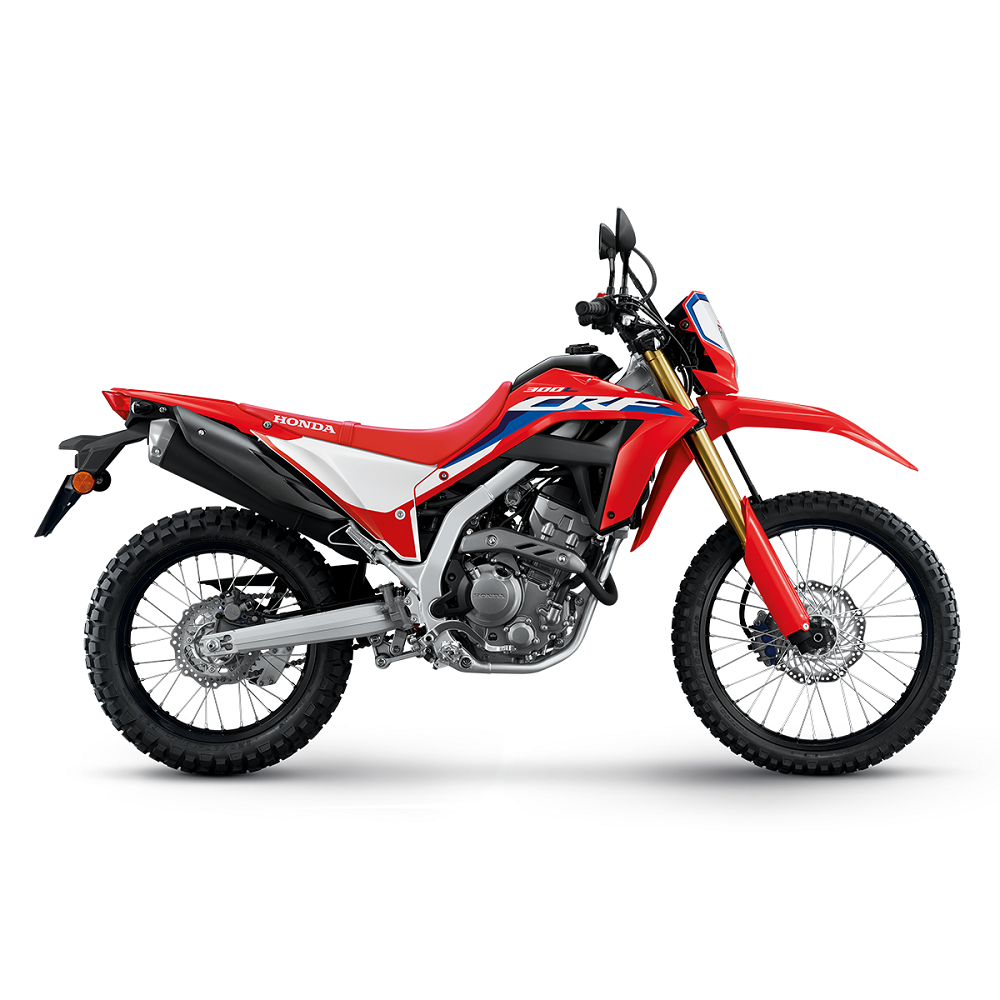
Essential Gear for Enduro Riding
To guarantee a successful enduro motorcycle adventure, you must equip yourself with the right gear. This includes both personal safety equipment and devices to aid in navigation and communication. These tools not only ensure your safety but also enhance your riding experience.
Safety Equipment
When hitting the trails, safety must always come first. A comprehensive list of essential safety equipment for enduro riding includes:
- Helmets: A high-quality, full-face helmet can save your life during falls or collisions.
- Goggles: Protect your eyes from dust, mud, and flying debris with a good pair of goggles.
- Gloves: Ensure a firm grip and protect your hands with durable riding gloves.
- Boots: Choose boots that provide ankle support and have soles designed for grip on rough terrain.
- Body Armor: Invest in a body armor or a protective jacket that covers your back, chest, and shoulders.
- Knee and Elbow Pads: These will protect your joints from impacts and abrasions.
Remember, selecting safety equipment that fits well and meets industry standards is worth the investment.
Staying on course and keeping in touch with fellow riders are key aspects of enduro adventures. To ensure you’re well-prepared, consider:
- GPS Unit: A GPS designed for off-road use helps you navigate trails and track your route.
- Mobile Phone: Always carry a fully charged mobile phone for emergencies.
- Two-way Radios: For group rides, two-way radios are essential for staying connected with your fellow riders, especially in areas with no mobile signal.
- Maps and Compass: Sometimes, traditional navigation tools are the most reliable. Carry physical maps of your route and a compass as backups.
- Chargers and Power Banks: Keep your electronic devices charged with portable chargers or power banks.
Proper gear will help you tackle the trails with confidence and keep you safe and connected throughout your enduro motorcycle journey.
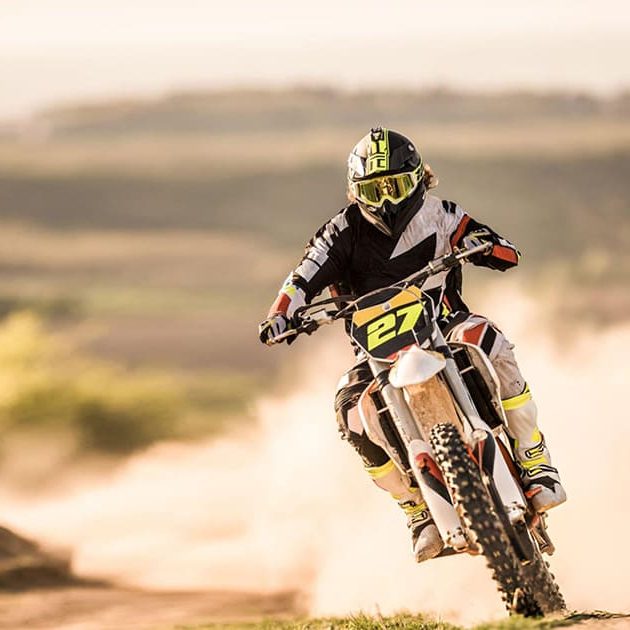
Preparing for Your Enduro Adventure
Success in enduro motorcycle adventures starts long before you hit the trail. Preparation is key. How you prepare can make or break your ride.
Physical Fitness and Training Tips
Enduro riding demands physical endurance and strength. To get ready, focus on cardio exercises. Building stamina helps you manage long rides. Include strength training too. Pay attention to core muscles and legs. They are vital for bike control. Flexibility exercises are important as well. They improve your ability to maneuver the motorcycle. Balance training can also aid your technique on the trails.
Practice on your enduro motorcycle often. Real-life riding hones skills better than any gym workout. Start with easier trails. Gradually move to more challenging ones as your confidence grows.
Stay consistent in your fitness and training routine. It conditions your body and diminishes the risk of injury.
Route Planning and Weather Considerations
A detailed route plan keeps you on track during your adventure. Research the trails you intend to ride. Look into the difficulty levels and types of terrain. Use online resources and maps for this.
Consider the weather patterns when planning your ride. Check forecasts closer to your trip. Harsh conditions can be dangerous. They can also make the ride less enjoyable.
Adjust your route for any weather alerts. It’s better to be safe than to push through risky conditions. Always have a backup plan in case the weather takes a sudden turn.
Good preparation involves understanding your limits. It’s important to plan a ride that matches your fitness and skill level. By doing so, you ensure that your enduro motorcycle adventure is challenging, yet enjoyable, and above all, safe.
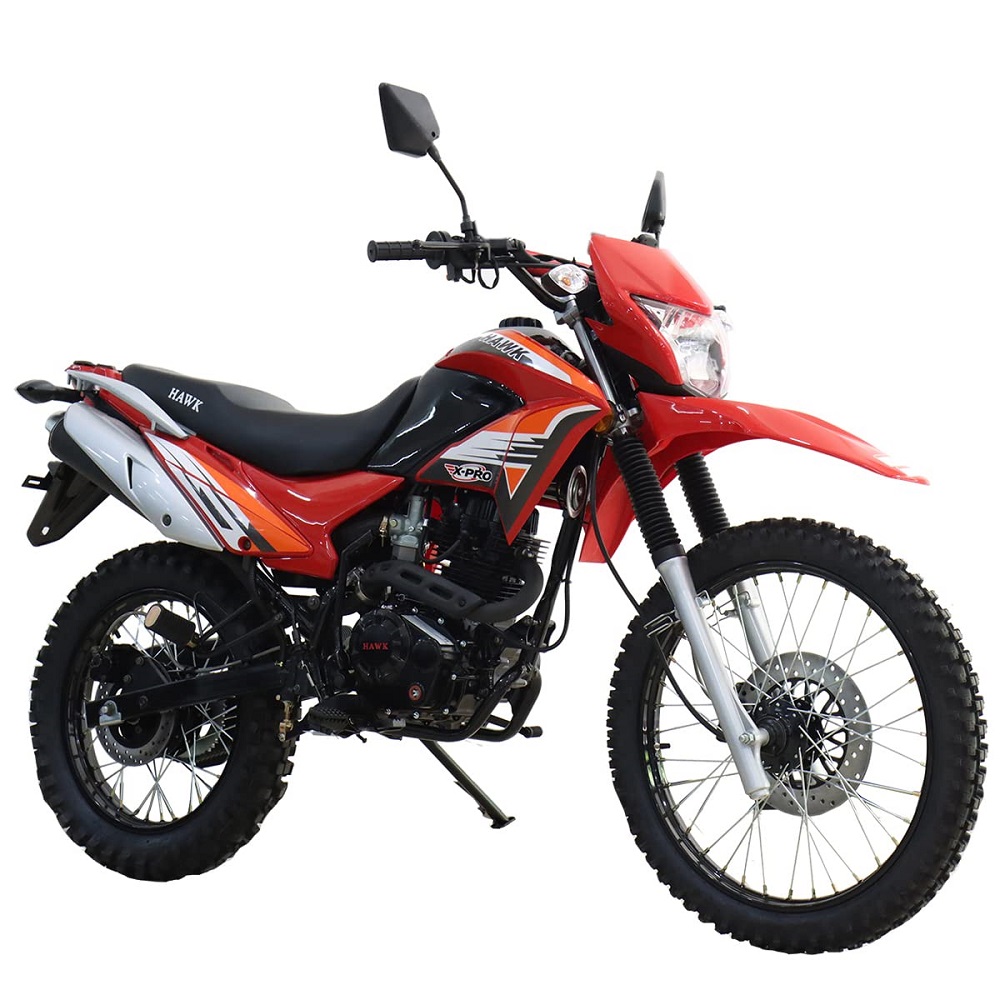
Advanced Riding Techniques
Mastering advanced riding techniques is key to enjoying and succeeding in enduro motorcycle adventures. With the right skills, riders can confidently take on challenging trails and improve their overall experience.
Handling Difficult Terrain
Enduro motorcycle enthusiasts often encounter tough terrain. Here are strategies to navigate them:
- Stay Loose: Keep your body relaxed. This allows your enduro motorcycle to move freely underneath you.
- Weight Distribution: Shift your weight appropriately. On uphill climbs, lean forward. On descents, move your weight back.
- Throttle Control: Use the throttle smoothly to avoid wheel spin on loose surfaces.
- Look Ahead: Always focus on where you want to go, not where you’re currently riding. This helps with balance and navigation.
- Ride the Footpegs: On uneven ground, standing on the footpegs lowers your center of gravity and improves control.
These techniques require practice. The more you ride, the better you’ll handle diverse and difficult conditions.
Energy Conservation Strategies
Long rides test your endurance. Use these tips to conserve energy:
- Pace Yourself: Don’t rush. Maintain a pace that is comfortable for you and your enduro motorcycle.
- Smooth Movements: Use efficient, smooth movements. This reduces fatigue.
- Rest Intelligently: Take short breaks before you are completely exhausted. Use these stops to hydrate and refuel your body.
- Breathing Technique: Breathe deeply and regularly. Proper breathing helps prevent fatigue.
Adopting energy-efficient riding habits is crucial. It ensures that you have enough stamina to enjoy your entire enduro motorcycle adventure.
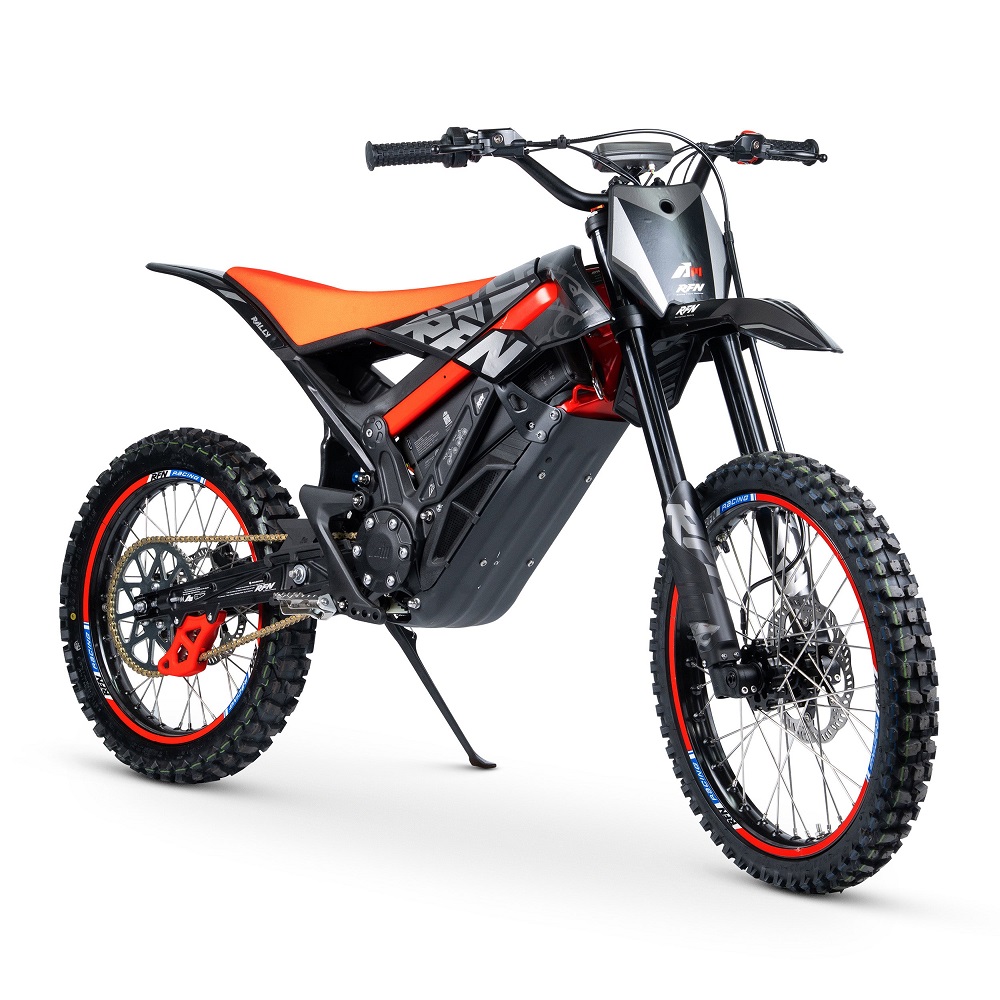
Maintenance and Upkeep of Your Enduro Bike
Proper maintenance is crucial for any enduro motorcycle. It keeps the bike in top condition and ensures safety. Keeping a regular service schedule improves performance and extends the bike’s life.
Routine Checks and Servicing
Regular checks are key. Before each ride, inspect tire pressure, brakes, and fluid levels. Check the chain for the right tension and lubrication. Replace worn parts like brake pads and grips when needed. Schedule full service check-ups with professional mechanics at recommended intervals.
Experts can address deeper maintenance tasks during these services. They look at the engine, suspension, and electrical components which require special tools and knowledge.
DIY Maintenance Tips
Some maintenance tasks are simple and can be done at home. Cleaning your bike after a ride prevents rust and wear. Keep an eye on oil levels and change it according to the manufacturer’s guide. Adjusting the chain and replacing air filters are also easy tasks. These DIY checks and changes save you time and money.
Learn about your bike’s specific needs. The owner’s manual is a great resource for this. Watch tutorials from trusted enduro motorcycle experts. Gather the right tools before you begin any maintenance work.
Consistent maintenance ensures your enduro motorcycle is reliable and ready for any adventure. It’s an integral part of the enduro experience. Handle your bike with care and it will reward you with consistent performance and longevity on the trails.
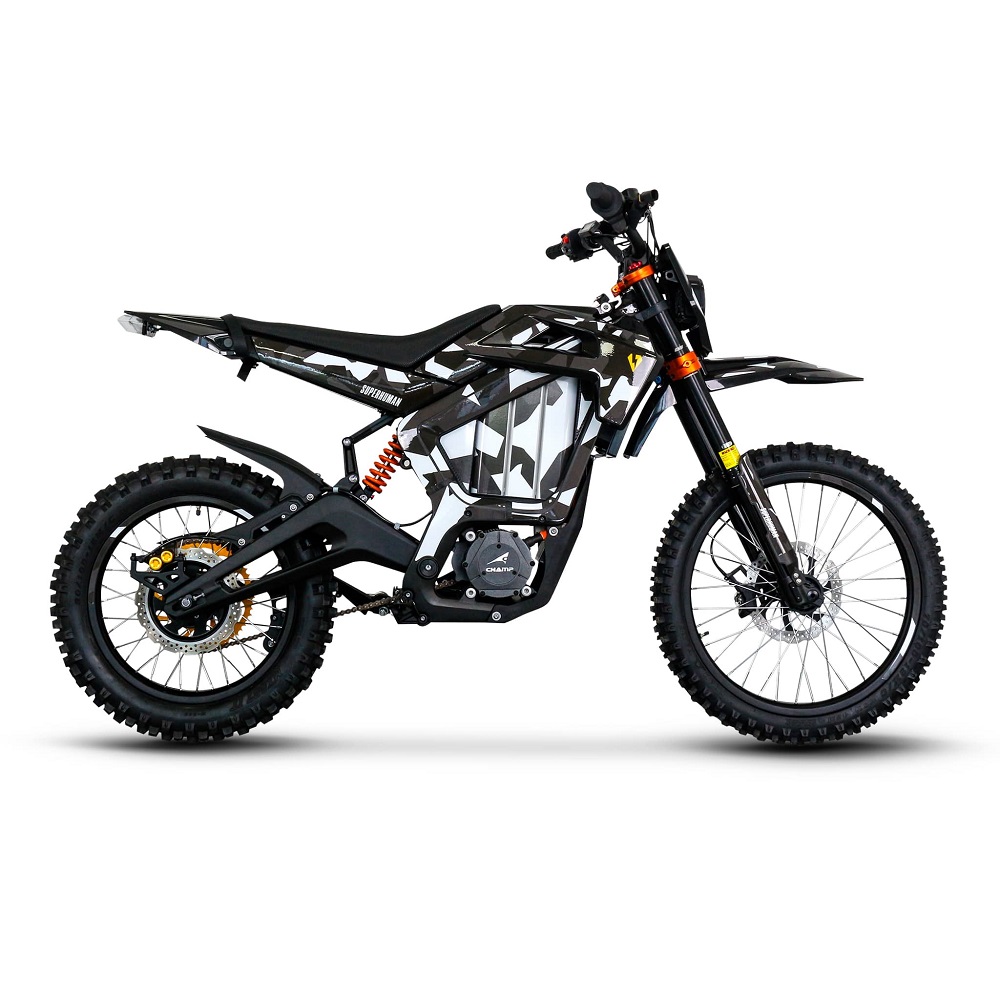
Travel Tips and Destination Ideas
Traveling with your enduro motorcycle offers a blend of adventure and exploration. To make the most of your adventure, choose the right destinations and understand the local customs.
Selecting Off-road Friendly Locations
When planning your enduro motorcycle trip, location is everything. Look for areas known for their trails and off-road challenges. National parks, forest service roads, and designated off-road vehicle (ORV) areas often provide suitable terrains for enduro riders. Ensure the destinations you select legally permit off-road motorcycle riding. Also, consider the level of difficulty of the trails to match your skills. Research online forums and enduro communities for suggestions on the best spots.
Avoid areas with environmental sensitivities where riding could cause damage. Always stick to marked trails and respect the natural habitat. Look for locations with varied landscapes. These offer diverse challenges and enhance your riding skills.
Cultural Etiquette and Local Regulations
Respecting local culture and laws is crucial. When riding abroad or in areas with specific cultural norms, learn about the local customs. A polite gesture in one place might be offensive in another. Always ask locals before riding through private land or sensitive areas.
Abide by local regulations. Different areas have their own rules for enduro motorcycle riding. Some may require special permits or have specific noise regulations. Check with local authorities before you ride. Breaking the rules can lead to fines or even confiscation of your bike.
By considering these travel tips and destination ideas, you can ensure a respectful and lawful enduro motorcycle adventure. The better you plan, the more you can enjoy your ride.
Joining the Enduro Community
Joining a community of like-minded enduro enthusiasts can greatly enhance your riding experience. Not only does it allow for sharing of tips and routes, but it also brings a social element to what can often be a solitary sport. Finding a group of fellow riders or events in your area isn’t difficult with a bit of research.
Finding Local Groups and Events
Start by searching online for enduro motorcycle forums and social media groups. Many areas have local clubs that organize rides. Check out notice boards at local bike shops as they often have information on upcoming events or group rides. Additionally, look for enduro motorcycle races or skill workshops, which are great for meeting other riders.
Don’t hesitate to join discussions and ask about group rides. Attend events, even as a spectator, to connect with the community. Over time, you will find groups that match your riding style and preferences.
Benefits of Riding with Others
Riding with others offers many benefits. You can learn from more experienced riders, improving your skills. Group riding promotes safety as you can look out for each other. It’s also a chance to tackle challenging trails that you might not try alone. Moreover, the shared experiences lead to strong friendships and unforgettable memories.
Enduro motorcycle adventures shared with a community often lead to long-term bonds. You learn to navigate together and cheer each other on. In case of a mishap, you have support immediately available. Riding in a group also brings a sense of security, especially in remote areas.
Overall, joining the enduro community provides opportunities for growth, learning, and enjoyment. It’s a significant part of the enduro experience that can make your adventures all the more rewarding.
Documenting and Sharing Your Adventures
As an enduro motorcycle enthusiast, capturing and sharing your journeys elevates the experience. Documenting lets you reflect and share the thrills with others.
Capturing Memorable Moments
For memorable moments, carry a durable camera or use a smartphone with a good camera. Consider mounting a GoPro on your helmet or bike for hands-free operation. Take photos and videos at scenic spots or when overcoming tough obstacles. Keep backup batteries or a power bank handy, so you never miss a shot.
Jot down thoughts or stories in a journal. These notes help recall the feelings and details of your ride. Share these stories along with the photos to give a full sense of the adventure.
Leveraging Social Media and Blogs
Social media platforms are perfect for sharing your enduro adventures. Use hashtags related to enduro motorcycle to reach like-minded audiences. Post pictures, videos, and stories regularly.
Start a blog to share detailed accounts of your trips. Blogs allow for longer stories and in-depth reflections. Use keywords such as ‘enduro motorcycle’ to improve SEO. Engage with your audience by responding to comments and questions.
By documenting and sharing, you create a digital diary of your adventures. This inspires others and may even invite new friendships and opportunities for future rides.

Leave a Reply